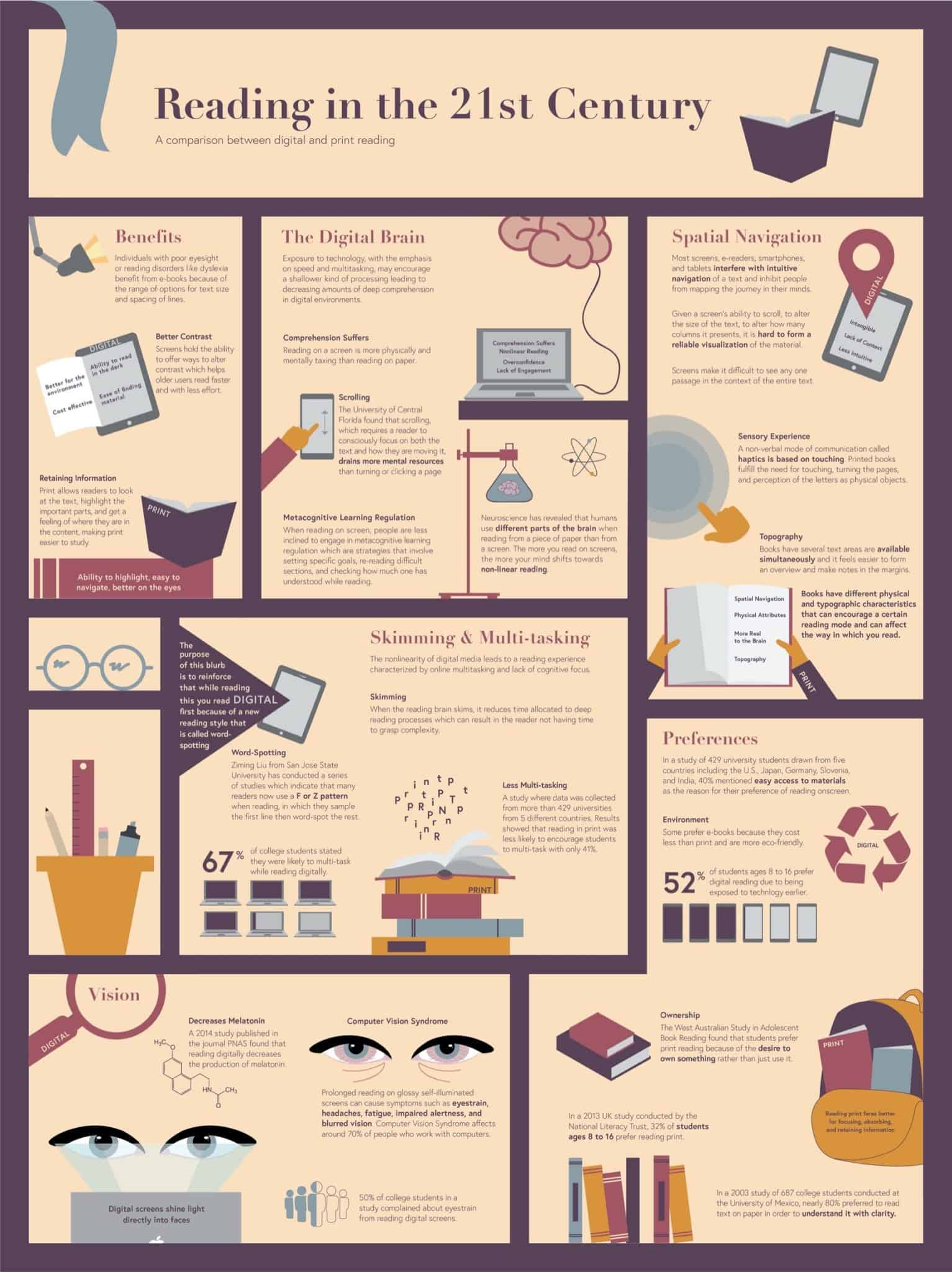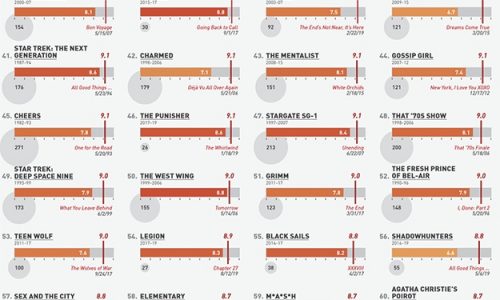
When e-books first hit virtual book stores, many predicted the demise of the printed book. After all, digital music pretty much ended the CD industry. Yet, the relationship that avid readers have with their printed books proved too hard to break. Years after the introduction of the Amazon Kindle, printed book sales still dominate the markets.
Readers love their print books. It’s the feel, the smell, and the ability to turn the pages. Granted, you can increase and decrease the font size on an eBook. You can highlight and mark the pages and you can check word meanings on the integrated dictionary when you use an e-book.
However, people who love reading collect books. They share. They swap. You can store thousands of books on an e-book but it isn’t half as much fun choosing a book from a screen. Far better to look through your library and find the book that suits your mood.
Neither does buying from an online storefront vaguely compare with browsing through a bookshop with ceiling-high shelves, muted lights, and whispered conversation. The whole ambiance is lost.
And if readers had hoped for major costs savings when migrating to e-books, they were gravely disappointed. Considering the reduction in the cost to manufacture and distribute electronic books, the minor price differences don’t compute.
This infographic may offer further insights as to why people haven’t migrated to eBooks quite as quickly as we might have expected.




